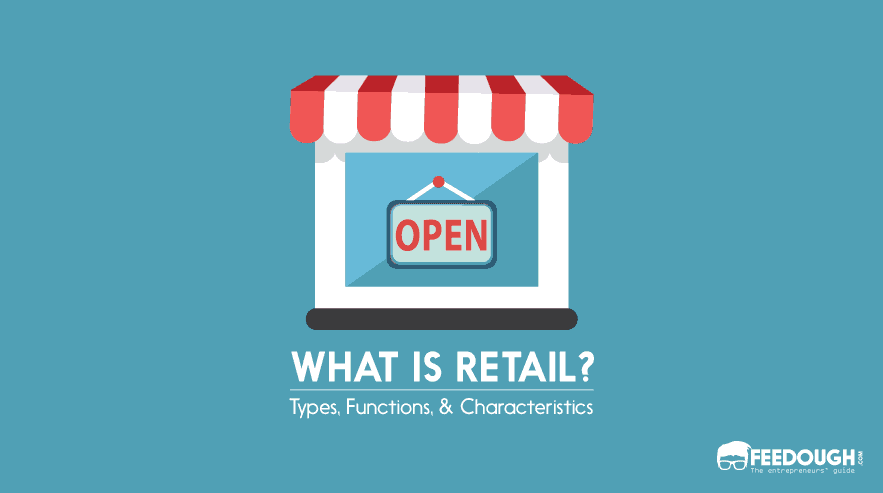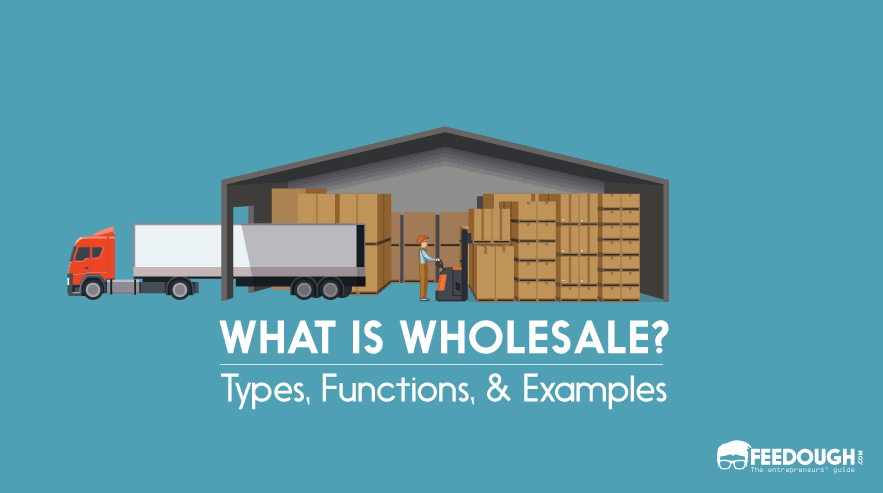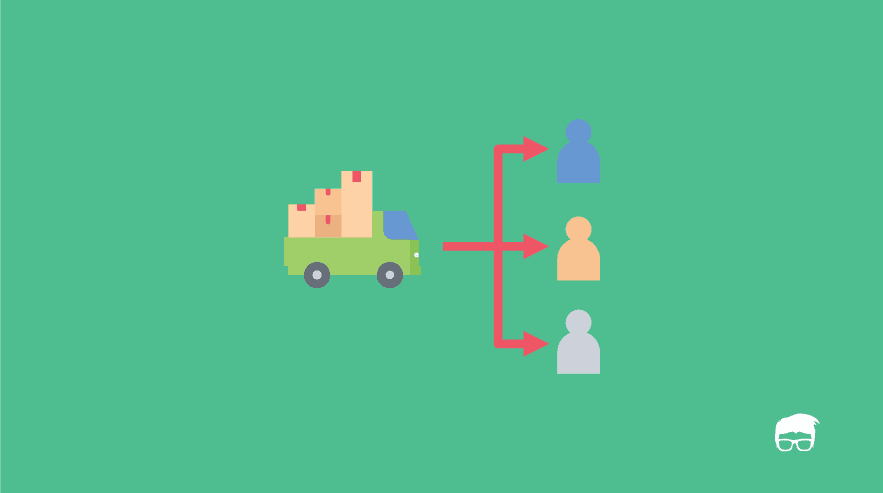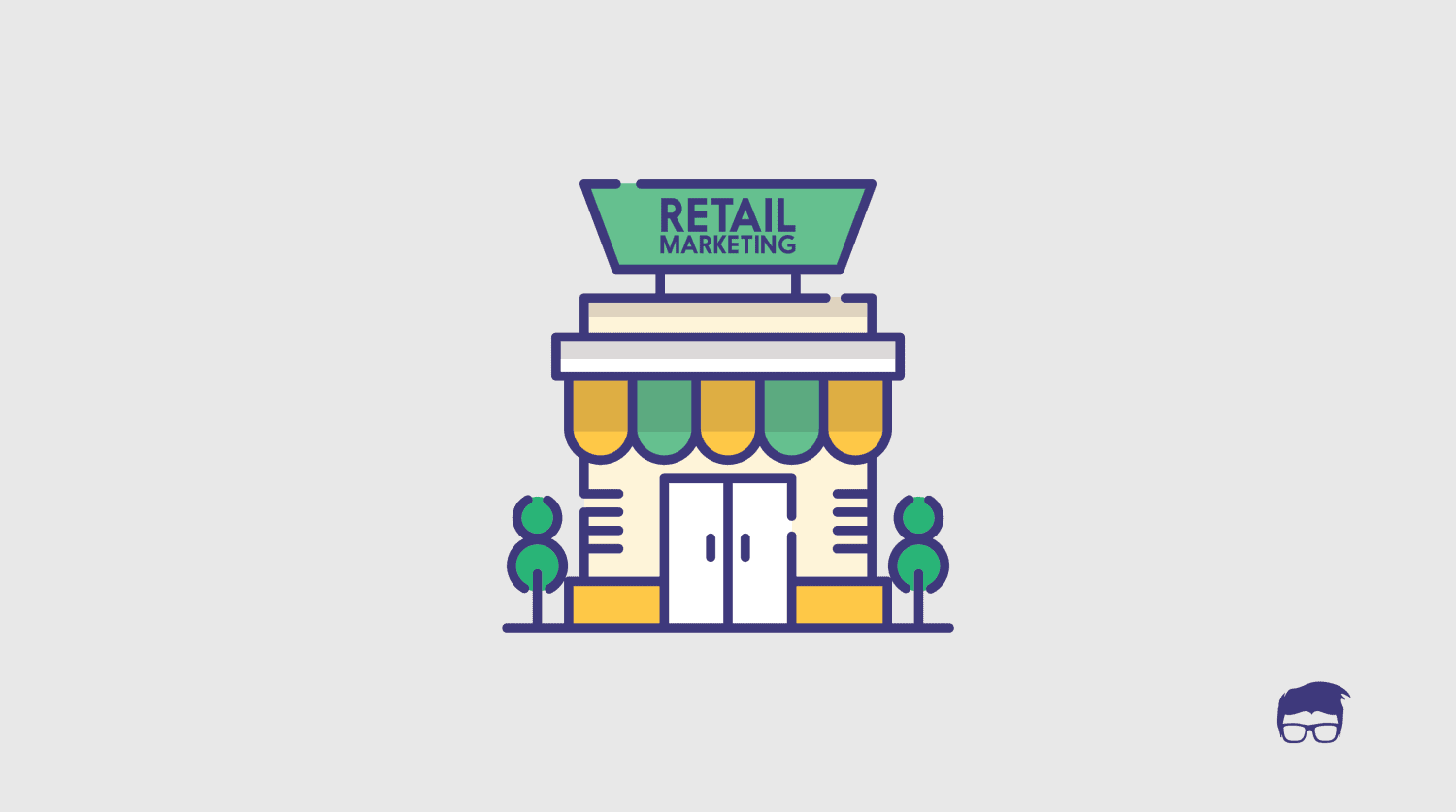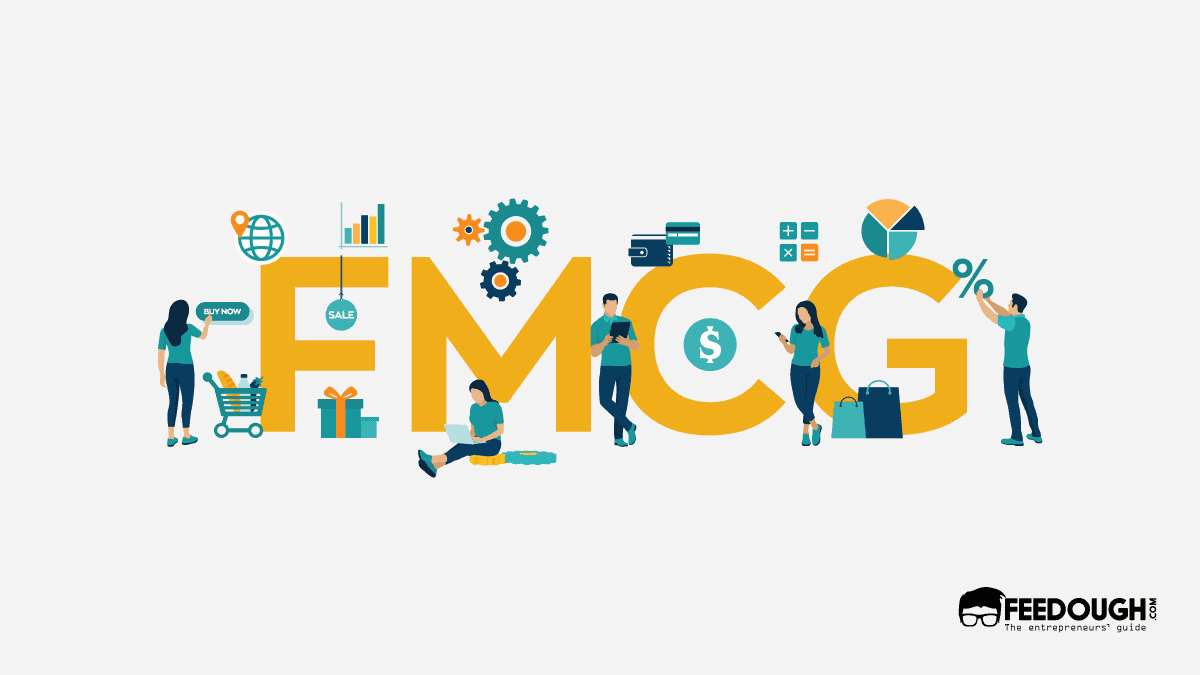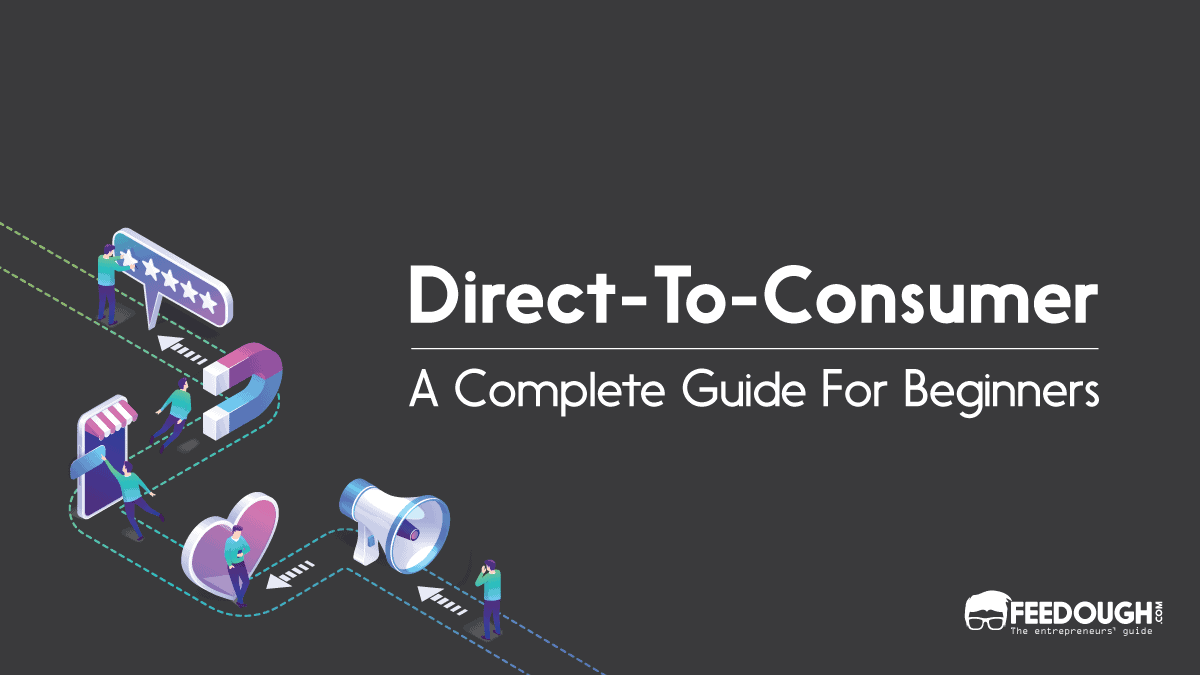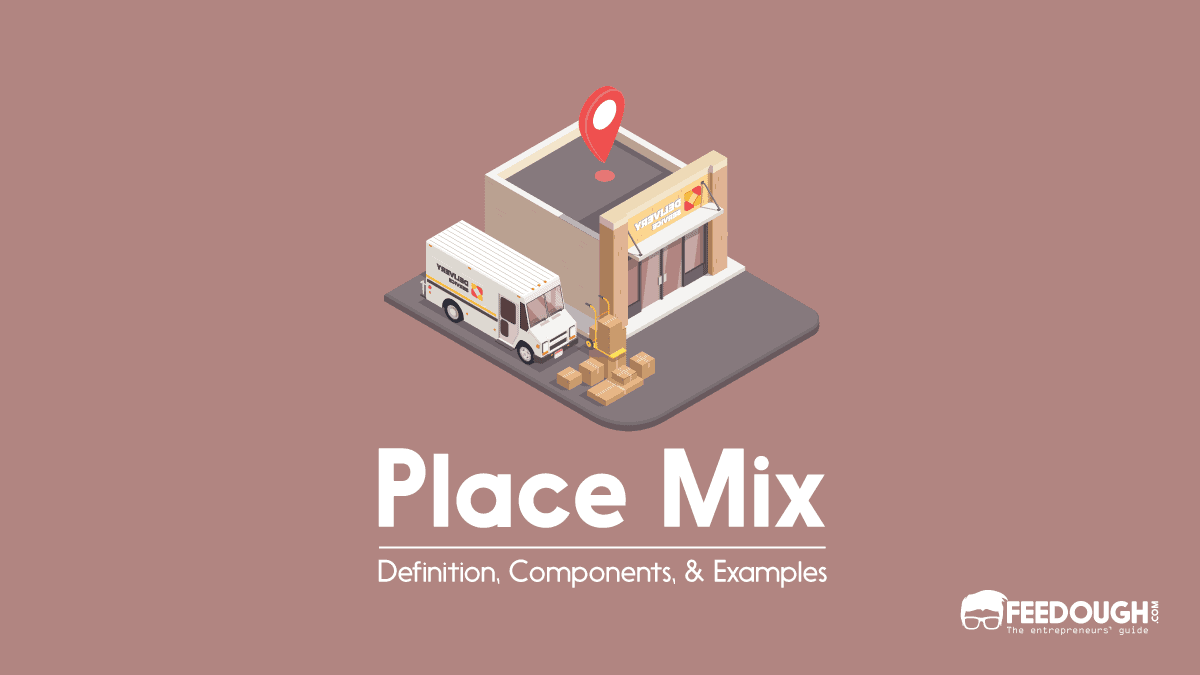Retailing goes as back as time goes and the best part of it is that the concept of retailing hasn’t changed for centuries. But before we move on to elaborating retail definition or its concept, you should be clear of these two terminologies –
Good: Product offered in the market in exchange for money.
Distribution Channel: Is the path or route decided by the company to deliver its goods to the customers.
What Is Retail?
Retail is the final channel of distribution where small quantities of goods (or services) are sold directly to the consumer for their own use.
Two key phrases in this definition that separate retail from wholesale are –
- Small quantities of goods: Unlike manufacturing or wholesale, the number of goods involved in a retail transaction is very less.
- Directly to the consumer: Retail stores are the last channels of distribution where the actual sales to the customer happen.
What Is Retailing?
Retailing is the distribution process of a retailer getting the goods (either from the manufacturer, wholesaler, or agents) and selling them to the customers for actual use.
In simple terms, retailing is the transaction of small quantities of goods between a retailer and the customer where the good is not bought for resale purpose.
What is A Retailer?
A retailer is a person or a business that sells small quantities of goods to customers for actual use.
Remember –
- Retail is a channel of distribution
- Retailing is a business process
- Retailer is a business or person
Importance Of Retailing
Retailing is important for the creators, customers, as well as the economy.
Retail stores are the places where most of the actual sales to the customers take place. They act as both a marketing tool for the brands and a support tool for the customers to exchange and communicate important information.
Besides this, retailing is a great asset to the economy. It provides jobs, adds to the GDP, and acts as a preferred shopping channel during the holiday season.
How Retail Works?
Retail works on a simple revenue model of markup. The retailers buy the goods at a cost price, add up the cost of labour, equipment, and distribution to it along with the desired profit margin, and sell it at a higher price.
Retailing Types
Retailing can be divided into five types. Here are the types of retailing that exists today –
- Store retailing: This includes different types of retail stores like department stores, speciality stores, supermarkets, convenience stores, catalogue showrooms, drug stores, superstores, discount stores, extreme value stores etc.
- Non-store retailing: Non-store retailing is a type of retailing where the transaction happens outside conventional shops or stores. It is further divided into two types – direct selling (where the company uses direct methods like door-to-door selling) and automated vending (installing automated vending machines which sell offer a variety of products without the need of a human retailer).
- Corporate retailing: It involves retailing through corporate channels like chain stores, franchises, and merchandising conglomerates. Corporate retailing focuses on retailing goods of only the parent or partner brand.
- Internet retailing: Internet retailing or online retailing works on a similar concept of selling small quantities of goods to the final consumer, but they serve a larger market and don’t have a physical retail outlet where the customer can go and touch or try the product.
- Service retailing: Retailers not always sell tangible goods; retail offerings also consist of services. When a retailer deals with services, the process is called service retailing. Restaurants, hotels, bars, etc. are examples of service retailing.
Characteristics Of Retailing
Retailing can be differentiated from wholesaling or manufacturing because of its certain distinct characteristics, which include –
- Direct contact with the customer – Retailing involves direct contact with the end customer and retailers act as a mediator between the wholesaler and the customer or the manufacturer and the customer depending upon the distribution channels used.
- Relationship with the customers – Retailers form a bond with the customers and help them decide which products and services they should choose for themselves.
- Stock small quantities of goods – Retailers usually stock small quantities of goods compared to manufacturers and wholesalers.
- Stock goods of different brands – Retailers usually stock different goods of different brands according to the demand in the market.
- Customers’ contact with the company – Retailers act as the company’s representatives to the end customers who give them their feedback and suggestions.
- Have a limited shelf space – Retail stores usually have very limited shelf space and only stock goods which have good demand.
- Sells the goods at maximum prices – Since retailing involves selling the products directly to the customers, it also witnesses the maximum price of the product.
Functions Of Retailing
Retailers have many important functions to perform to facilitate the sale of products. These functions include –
Sorting
Manufacturers produce large quantities of similar goods and like to sell their inventories to a few buyers who buy in lots. While customers desire many varieties of goods from different manufacturers to choose from. Retailers balance the demands of both sides by collecting and assorting the goods from different sources and placing them according to the customers’ needs.
Breaking Bulk
Retailers buy goods from manufacturers and wholesalers in sufficiently large quantities but sell to the customers in small quantities.
Channel Of Communication
Since retail involves direct contact with the end consumers, it forms a very important communication channel for companies and manufacturers. The manufacturer tries to communicate the advantages of their products as well as the offers and discounts through retailers.
Retail also acts as a mediator between the company and the customer and communicates the feedback given by the customers back to the manufacturer or wholesaler.
Marketing
Retail stores are the final channels where the actual decisions are made. Hence, they act as important marketing channels for the brands. The manufacturers execute smart placements, banners, advertisements, offers, and other strategies to increase their sales in retail stores.
Retailing Examples
The most common examples of retailing are the traditional brick-and-mortar stores like Walmart, Best Buy, Aldi, etc. But retailing isn’t limited to them. It also includes small kiosks at the malls, online marketplaces like Amazon and eBay, and even restaurants which sell food and service.
Go On, Tell Us What You Think!
Did we miss something? Come on! Tell us what you think about our article on what is retail in the comments section.
A startup consultant, digital marketer, traveller, and philomath. Aashish has worked with over 20 startups and successfully helped them ideate, raise money, and succeed. When not working, he can be found hiking, camping, and stargazing.
